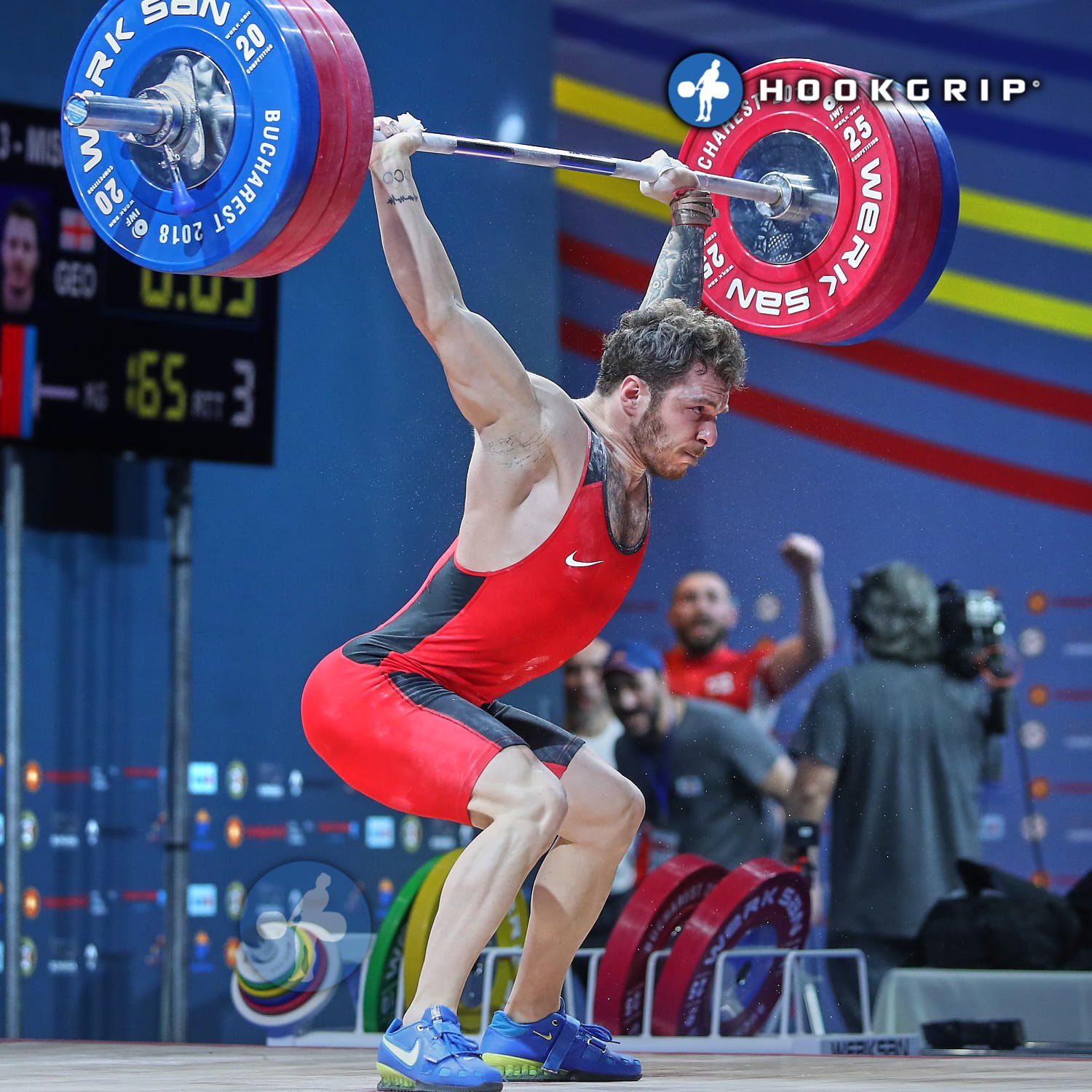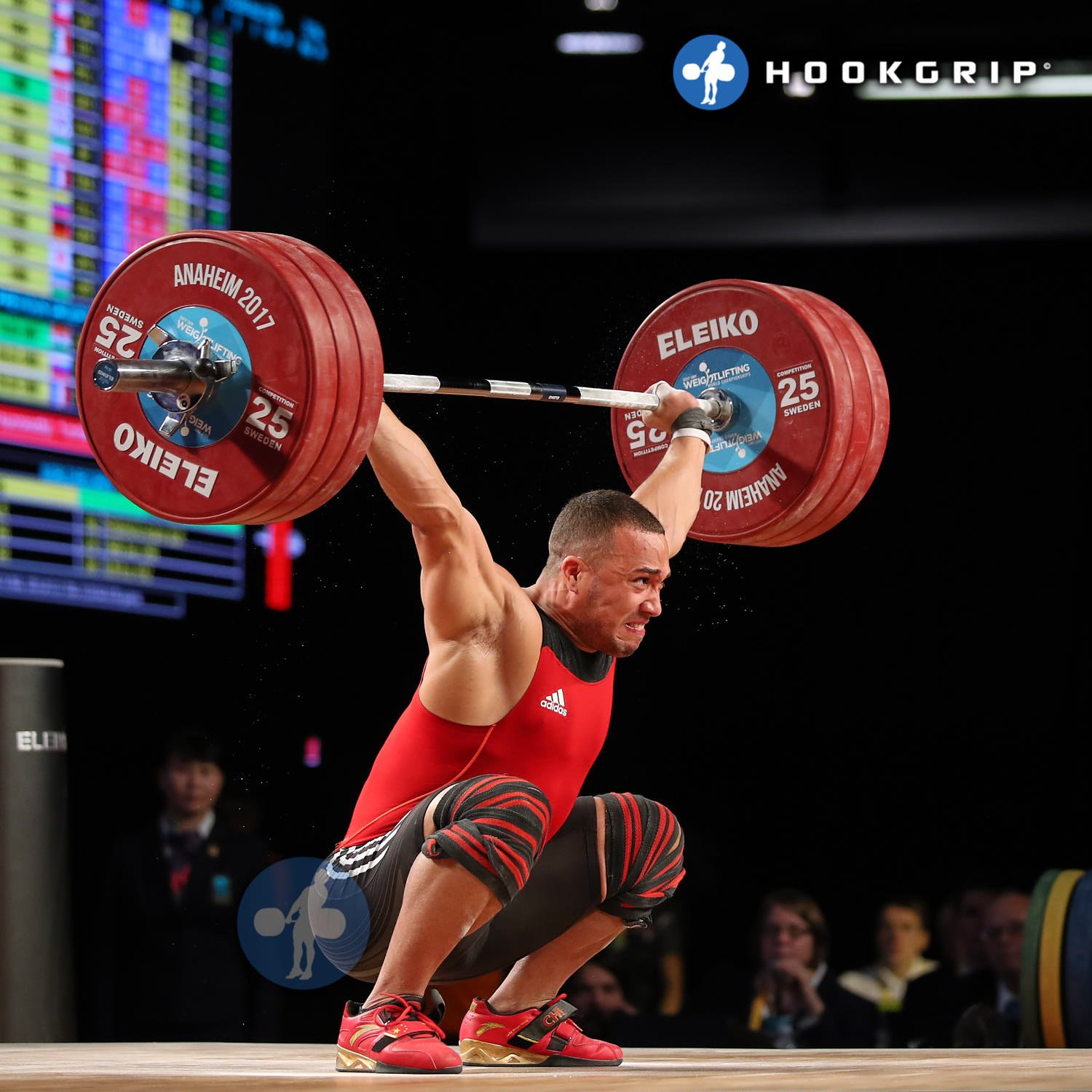Strength & Conditioning -Hang, Pause, Power Snatch
Photo Credit HOOKGRIP
About the Author
Ben Foodman is a licensed psychotherapist & performance specialist. He owns his private practice located in Charlotte North Carolina where he specializes in working with athletes to help them overcome mental blocks (the yips), PTSD, ADD / ADHD and achieve flow states through the techniques of Brainspotting & Neurofeedback. If you are interested in services, use the link here! Enjoy the article below!
Olympic-Style Weightlifting & Explosive Power Development For Elite Athletes
One of the best ways to develop power in athletes is through the Olympic-style weightlifting movements. The snatch in particular is an extremely effective exercise to prescribe due to the need for the athlete to generate a high level of vertical ground reaction force, and the need to cover longer displacement in the pull compared to other lifting variations. In the article Advanced Understanding of Olympic-style Weightlifting for Sport the author states “More displacement allows for force to be applied for a longer period of time, ultimately resulting in a higher peak vertical bar velocity, up to 1.67 m/s”. The author then also goes on to discuss that while other aspects of sport performance such as change of direction are not greatly impacted by these lifts, many strength coaches recognize that the development of power through these lifts translates well to their sport.
I can say as a coach whenever I have taught this exercise to athletes, they have reported significant improvement in their specific sport domain. However, I take it a step further and force my athletes to practice with the hang snatch, pausing in the hang position before beginning the pull. Part of the reason for this is because when athletes are in a static position in the hang, they are forced to fully engage their hips into the lift, almost rendering their arms useless when needing to develop power. If you have ever tried this exercise, you know that your arms will not get the job done unless you bring your hips and glute muscles online for this work.
Some important coaching points to consider before executing this lift: First, make sure that you are preloading (producing a valsalva maneuver, keeping your muscles engaged) before the lift begins; second, make sure that your shoulders are slightly over the bar and your weight is centered on the balls of your feet; third, if you are an athlete that is having trouble with ‘arming the bar’ keep your elbows pointed outward with your knuckles rolled down (this position will make it more difficult to primarily rely on your arms, and will force you focus on hip engagement).
Note To Reader:
If you are an athlete reading this segment of the TRAINING REPORT, hopefully this content was helpful! I put the Training Report together because I felt like many of the discussions on issues such as the Yips/mental blocks, strength training & other subject matter on athlete performance concepts were really missing the mark on these ideas (e.g. how trauma is the direct cause of the Yips). If you are interested in learning more, make sure to subscribe below for when I put out new content on issues related to sport psychology & athlete performance! Also, if you are looking to work with a mental performance specialist, you are in the right place! USE THIS LINK to reach out to me to see if my services are the right fit for your goals!
ARE YOU ON THE LIST?
Make sure you’re signed up to Ben’s mailing list to receive news & updates on new strategies in sport psychology, upcoming workshops & products. Don’t wait, sign up now!























